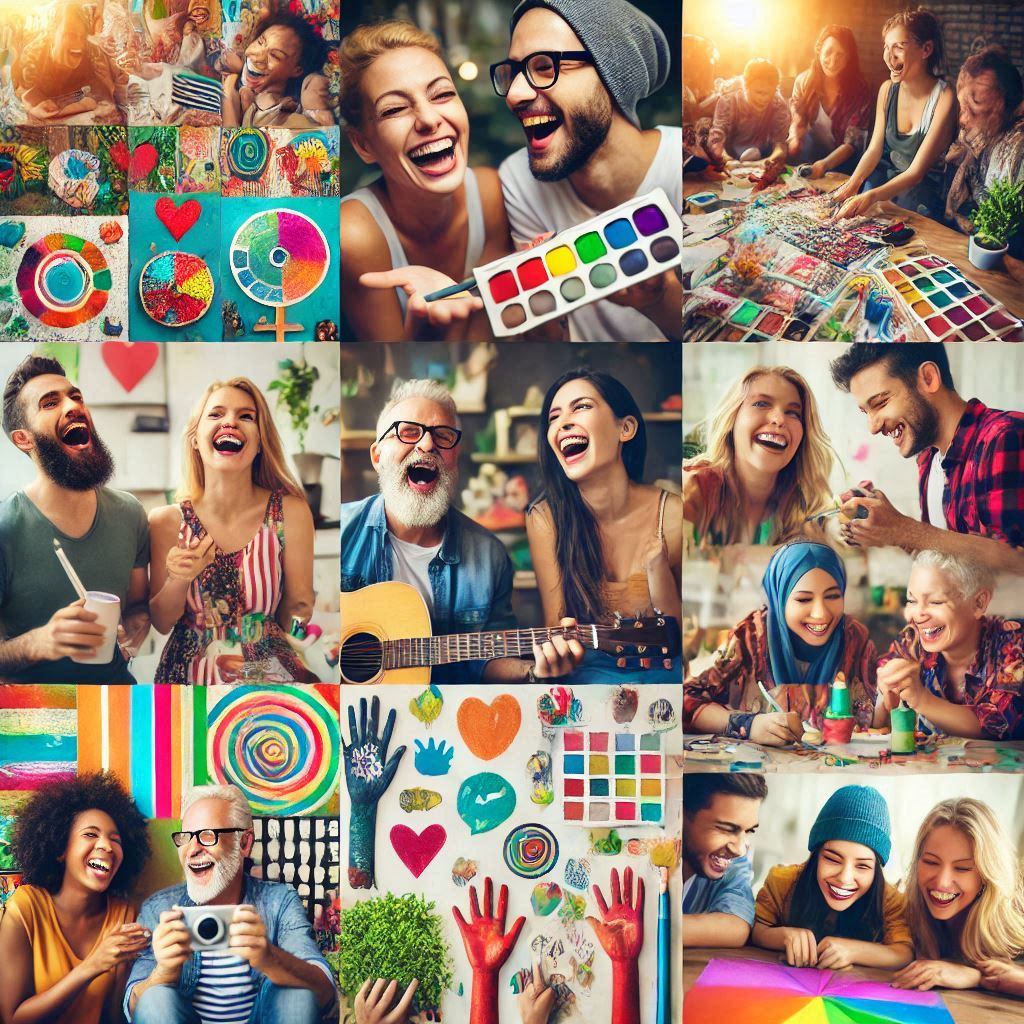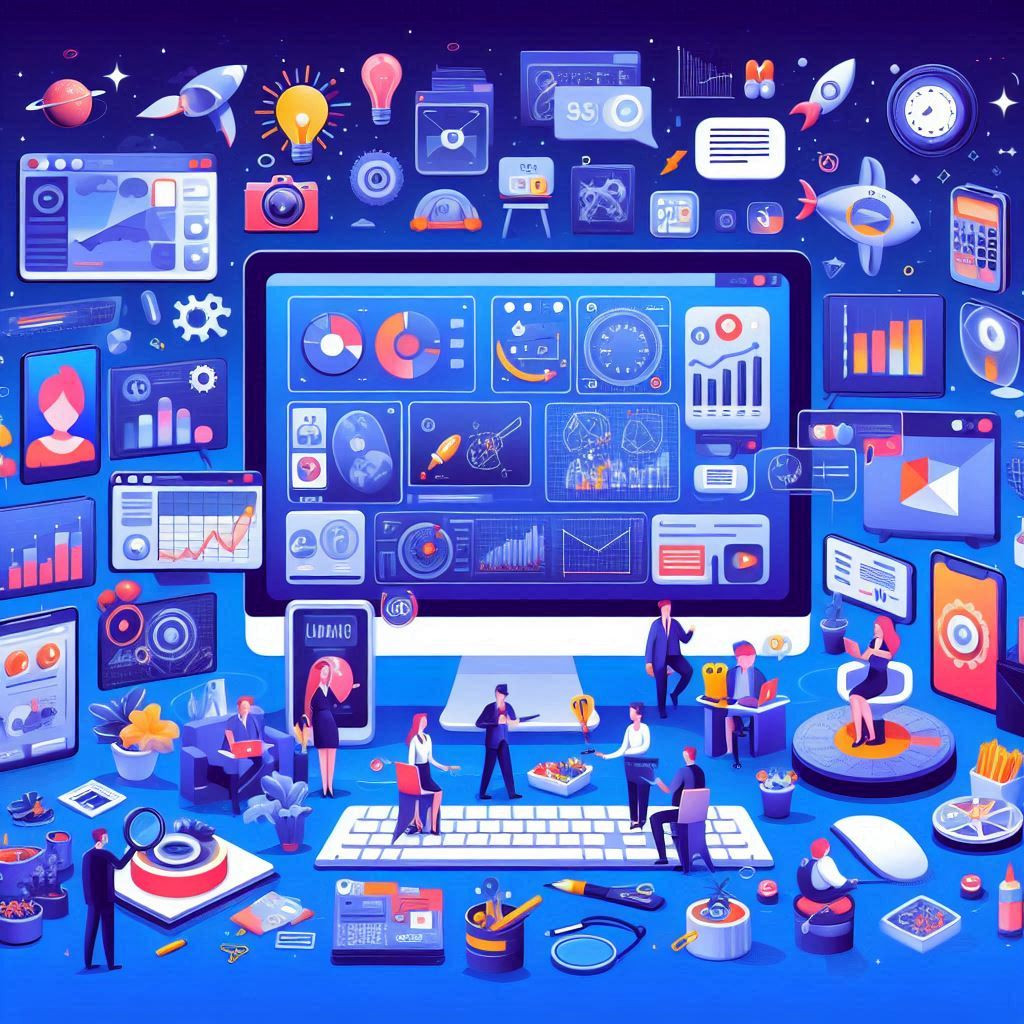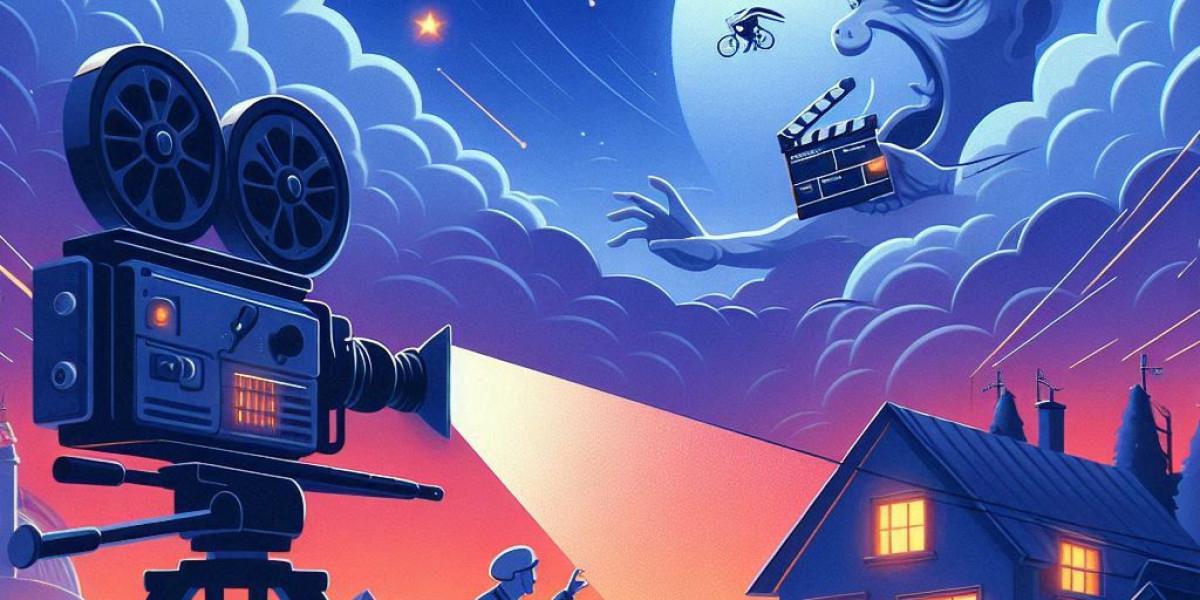In the world of filmmaking, capturing and holding an audience’s attention is a top priority. Animation has become an essential tool for filmmakers to engage viewers on a deeper level. It’s not just for kids' movies anymore—animation is now a powerful medium used across genres to tell compelling stories, evoke emotions, and bring impossible ideas to life. But what makes animation such a game-changer for filmmakers? Let’s dive into the reasons why filmmakers use animation to elevate audience engagement.
1. Animation Brings Limitless Creativity
One of the biggest advantages of animation is its ability to create anything imaginable. Unlike live-action filmmaking, where directors are bound by the laws of physics, animation gives filmmakers a blank canvas to work with. They can build fantastical worlds, create unique characters, and bring abstract concepts to life.
For instance, animated movies like Inside Out explore the inner workings of a young girl’s mind by personifying emotions. Such creativity would be nearly impossible to achieve with live-action techniques. This freedom allows filmmakers to craft unique and engaging stories that leave a lasting impact on viewers.
2. Emotional Connection Through Visuals

Animation has a unique way of connecting with audiences emotionally. Through exaggerated expressions, colorful visuals, and imaginative settings, it creates an immersive experience that resonates with people of all ages.
For example, in Up, the first 10 minutes of Carl and Ellie’s love story, told entirely through animation, leave audiences deeply moved. The use of color, music, and visual storytelling makes the scene unforgettable. Animation has the ability to simplify complex emotions, making them more relatable and impactful.
3. Animation Appeals to All Age Groups
While animation is often associated with children, it’s a medium that appeals to people of all ages. From family-friendly blockbusters like Toy Story to adult-oriented films like Spider-Man: Into the Spider-Verse, animation crosses generational boundaries.
Filmmakers use animation to create stories that everyone can enjoy, whether it’s through humor, adventure, or heartfelt moments. This broad appeal ensures that animated films can reach and engage a wider audience.
4. Cost-Effectiveness in Production
Creating large-scale live-action scenes often requires a massive budget for sets, props, and special effects. Animation, on the other hand, offers a cost-effective alternative without compromising on visual quality.
Modern tools and software have made animation more accessible to filmmakers. With the rise of technologies like AI-powered tools, filmmakers can now create high-quality animations at a fraction of the cost. If you’re a creator interested in such tools, consider exploring storyboard ai free. These tools simplify the animation process, making it easier to plan and visualize complex scenes.
5. Ability to Simplify Complex Ideas
Animation is often used to break down complex topics into easily understandable visuals. This is particularly useful in educational content, documentaries, and explainer videos.
For example, animated films like Waltz with Bashir and educational series like Cosmos use animation to explain intricate concepts and tell stories in a way that captivates audiences. By turning abstract ideas into visual narratives, filmmakers can hold viewers’ attention and ensure their message is delivered effectively.
6. Blending Animation with Live Action
Many filmmakers now use animation alongside live-action footage to create visually stunning and engaging films. This blending technique brings a fresh perspective to storytelling.
Movies like Space Jam and Avatar are great examples of how combining animation with live action creates unique cinematic experiences. These films use animation to add elements of fantasy and wonder, elevating the overall viewing experience.
7. Advanced Technology Enhances Audience Engagement
The evolution of animation technology has played a crucial role in its growing popularity. Today, filmmakers can use tools like motion capture, computer-generated imagery (CGI), and artificial intelligence (AI) to create hyper-realistic animations.
These advancements allow for smoother visuals, detailed character movements, and immersive worlds. Movies like The Lion King (2019) showcase how CGI can blur the lines between animation and reality, leaving audiences in awe.
8. Animation Is a Global Language
Animation has a universal appeal that transcends cultural and language barriers. Through visuals and emotions, it can tell stories that resonate with audiences worldwide.
Japanese anime, for instance, has become a global phenomenon, attracting millions of fans from different cultures. Films like Spirited Away prove that animation has the power to connect people through shared human experiences, regardless of language.
9. Memorable Characters and Iconic Moments
Animated films often create memorable characters and moments that become cultural icons. Think of Mickey Mouse, Elsa from Frozen, or Simba from The Lion King. These characters leave a lasting impression on audiences, making the films they appear in more engaging and impactful.
Filmmakers understand that creating relatable and memorable animated characters helps audiences form a deeper connection with the story.
10. Animation in Marketing and Branding

Beyond movies, animation plays a significant role in marketing and branding. Many filmmakers use animated trailers, teasers, and promotional videos to generate buzz for their projects.
Animated content grabs attention quickly, making it an effective tool for engaging audiences on social media and other platforms. This approach helps filmmakers build anticipation and excitement for their films.
11. Challenges in Using Animation
While animation offers numerous benefits, it’s not without its challenges. Filmmakers often face high expectations from audiences who demand cutting-edge visuals and innovative storytelling.
Additionally, creating high-quality animation can be time-consuming and requires skilled professionals. Smaller studios may struggle with the costs associated with advanced animation techniques. However, the availability of free or affordable tools, like storyboard ai free, is making animation more accessible to creators at all levels.
12. The Future of Animation in Filmmaking
The future of animation is bright, with advancements in AI, virtual reality (VR), and real-time rendering pushing the boundaries of what’s possible. These technologies are making animation faster, more realistic, and more interactive.
We’re also seeing animation expand into new genres, including horror, drama, and historical storytelling. This diversification ensures that animation will continue to play a key role in engaging audiences across the globe.
Conclusion
Animation has become an essential tool for filmmakers to elevate audience engagement. Its ability to create limitless worlds, evoke emotions, and simplify complex ideas makes it a versatile and powerful medium. Whether it’s through stunning visuals, relatable characters, or groundbreaking technology, animation has redefined storytelling in the film industry.



